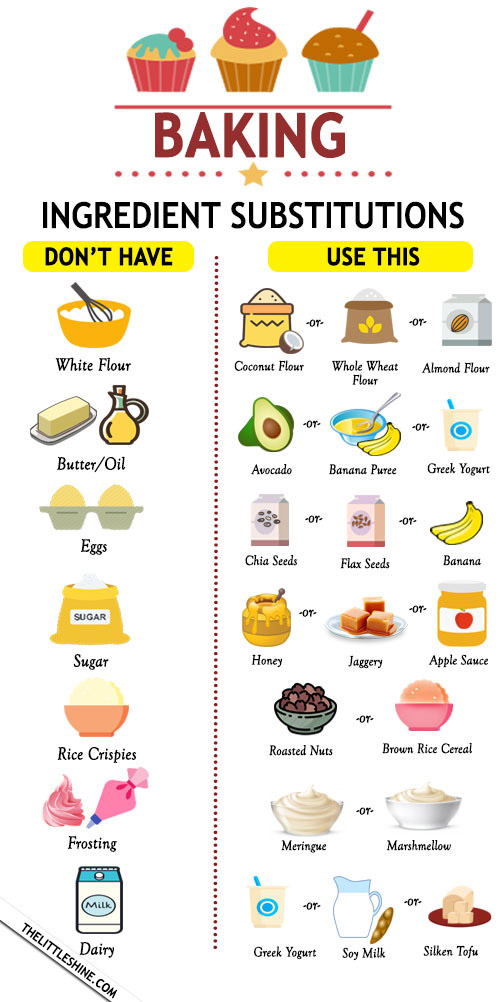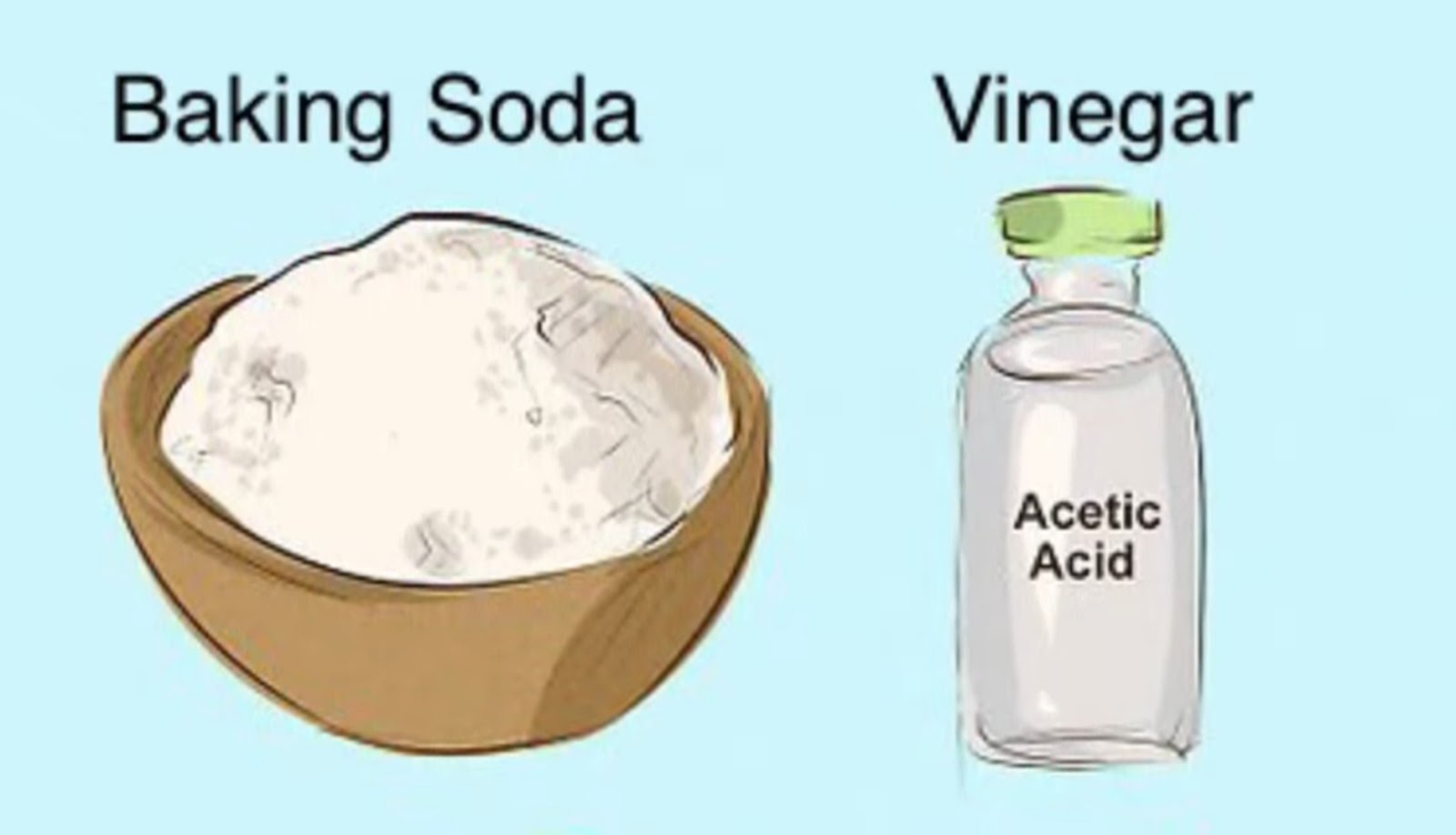
Replacement for oil in baking can unlock new flavors and textures. Discover versatile methods to achieve delicious results with alternative ingredients.
Reducing or eliminating oil in baked goods is a surprisingly simple way to modify a recipe’s nutritional profile and explore exciting new flavors. Often, the goal is to reduce fat content, but the technique can also be driven by ingredient availability or a desire to experiment with different textures.
This adjustment has far-reaching impacts. Mastering this approach can lead to healthier treats, enhance the inherent flavors of other ingredients, and create pleasingly moist and tender results. The final product maintains desirable qualities, even without the traditional fat source.
The practice of altering baking recipes has roots in various culinary traditions. Historical cookbooks reveal adaptations based on regional ingredients and dietary needs. The science behind it lies in understanding how fat contributes to gluten development, moisture retention, and overall structure.
For home cooks, knowing how to successfully substitute ingredients broadens culinary horizons and provides options for those with dietary restrictions or ingredient sensitivities. Whether it’s a last-minute substitution or a conscious effort to lighten up a recipe, this knowledge is invaluable.
Many variations exist, from using fruit purees and yogurt to nut butters and vegetable oils. A common misconception is that all replacements are equal; each offers distinct qualities. Understanding the nuances prevents common baking failures.
The following guide will explore a range of replacements, providing insights into their optimal uses and expected results. Readers will learn how to confidently adjust recipes and achieve delectable, oil-free or reduced-oil baked goods.
Moisture Content
Moisture content serves as a pivotal factor when considering replacements for oil in baking. Oil contributes significantly to a baked good’s moistness, and its absence necessitates careful consideration of alternative ingredients that can fulfill this role. A lack of sufficient moisture can lead to dry, crumbly textures, detracting from the overall eating experience.
Ingredients like applesauce, mashed bananas, or pumpkin puree offer a dual benefit: they contribute moisture and introduce subtle flavors. For example, substituting half the oil in a muffin recipe with applesauce will yield a softer, more tender muffin. Similarly, using Greek yogurt not only adds moisture but also provides a slight tanginess that complements many flavors. The selection hinges on desired taste and texture.
Understanding the impact of moisture-rich replacements is paramount for successful baking. Monitoring batter consistency and adjusting liquid ingredients accordingly prevents dryness. By carefully balancing moisture levels, one can achieve optimal results, maintaining a delightful texture and flavor profile, even without the presence of oil. This knowledge elevates baking, allowing for healthier and more versatile creations.
Flavor Profiles
The journey of exploring ingredient alternatives unveils exciting possibilities when it comes to flavor. The absence of oil, typically a neutral background note, allows other ingredients to shine, creating unique and complex taste experiences.
-
Fruit Purees
Applesauce, banana, or pumpkin puree not only add moisture but also subtly infuse the baked good with their intrinsic flavors. Applesauce introduces a gentle sweetness, bananas offer a tropical hint, and pumpkin delivers an earthy depth. These additions create delightful layers of flavor, enhancing the overall taste.
-
Nut Butters
Almond, peanut, or cashew butter imparts a rich, nutty flavor that complements a variety of recipes. Their inherent oils contribute to a moist texture, while their distinctive tastes add depth and complexity. A spoonful of peanut butter transforms a simple cookie into a decadent treat.
-
Spices and Extracts
Substituting oil provides a canvas to amplify spices and extracts. Vanilla, almond, or citrus extracts become more pronounced, adding aromatic nuances. Cinnamon, nutmeg, or ginger resonate more intensely, creating a warm and inviting profile. Flavor enhancement requires careful consideration.
-
Dairy and Non-Dairy Alternatives
Greek yogurt or plant-based yogurts introduce a tangy undertone that balances sweetness. Their creamy textures contribute to a tender crumb. Sour cream offers a similar tang, enriching flavor. These choices not only replace fat but also elevate the overall taste experience.
By creatively replacing oil with diverse alternatives, baking transcends conventional boundaries. The interplay of flavors creates delightful surprises, turning each recipe into an opportunity for innovation and taste exploration. The possibilities are endless.
Texture Impact
Exploring ingredient substitutions in baking reveals the significant influence on the final texture of the baked goods. The absence of oil requires a strategic approach to maintain or enhance the desired mouthfeel and consistency.
-
Crumb Structure
Oil contributes to a tender crumb by inhibiting gluten development. Replacements like applesauce or yogurt tend to create a softer, moister crumb, while others such as nut butter can result in a denser texture. Understanding these differences is vital for achieving the desired result.
-
Chewiness and Elasticity
Certain replacements, especially those high in protein, can increase chewiness and elasticity. For example, adding more eggs or using ingredients like mashed sweet potatoes may result in a product that is noticeably chewier than the original recipe. Balancing these effects ensures a pleasing bite.
-
Moistness and Tenderness
Maintaining adequate moisture is essential for a tender texture. Replacements like fruit purees or cooked, mashed vegetables excel at adding moisture, preventing the baked good from becoming dry or crumbly. Careful selection ensures a delightful tenderness in the final product.
-
Surface Texture
The choice of replacement can also impact the surface texture. Some substitutions lead to a smoother, more even surface, while others may result in a more rustic or uneven appearance. For instance, using yogurt might yield a more delicate crust compared to using nut butter.
Careful consideration of these textural nuances allows for skillful adjustments in recipes. The interplay between different replacements and their effect on crumb, chewiness, moisture, and surface texture unlocks new possibilities in the world of baking. By mastering these techniques, one can create an array of delightful baked goods with varied and satisfying textures, all while reducing or eliminating oil.
Tip Metadata
- Category: Ingredient Substitutions
Time & Effort
- Estimated Time: 5 minutes (for planning, time varies based on recipe)
- Skill Level: Beginner
- Impact: Reduces fat content, alters flavor profile, and affects texture in baked goods.
Tools or Materials Needed
- Measuring cups and spoons
- Mixing bowl
- Desired oil replacement (e.g., applesauce, mashed banana, Greek yogurt)
Step-by-Step Guide
- Step 1: Recipe Assessment Review the baking recipe to identify the amount of oil required and its role (e.g., moisture, flavor).
- Step 2: Replacement Selection Choose a suitable oil replacement based on desired flavor profile and texture. For example, applesauce for a subtle sweetness and moistness, or Greek yogurt for tanginess.
- Step 3: Measurement Adjustment Substitute the oil with the chosen replacement. Begin by replacing half the oil, then adjust in subsequent batches based on results. A 1:1 substitution may not always be appropriate.
- Step 4: Mixing and Baking Proceed with the recipe as directed, keeping a close eye on the batter’s consistency. Adjust liquid or dry ingredients as necessary to achieve the correct consistency.
- Step 5: Monitoring and Adjusting Baking Time Monitor the baked goods during baking, as the moisture content from the replacement might affect baking time. Insert a toothpick to check for doneness, adjusting the time accordingly.
Common mistakes include using overly watery replacements or substituting too much oil at once. Start with smaller adjustments. Variations include using a blend of replacements, like half applesauce and half nut butter, to achieve a balanced flavor and texture. Expert bakers often experiment with less common alternatives, such as avocado puree or prune puree, for unique results.
Pro Tip or Variation
For enhanced flavor, consider toasting nut butters before incorporating them into the batter. This intensifies their nutty flavor and adds a depth that complements other ingredients.
Best Practices & Expert Tips
- Gradual Substitution: Replace oil incrementally, starting with half the amount, to assess the impact on texture and flavor before making further adjustments.
- Consider Moisture Content: Adjust other liquid ingredients accordingly when using moisture-rich replacements like applesauce or yogurt to prevent a soggy result.
- Choose Flavor-Complementary Replacements: Select replacements that enhance the existing flavors of the recipe, such as using banana in banana bread or pumpkin in spice cakes.
- Monitor Baking Time: Be vigilant about baking time, as oil replacements can alter how quickly baked goods cook; check for doneness with a toothpick test.
- Room Temperature Matters: Ensure that cold replacements like yogurt are brought to room temperature before mixing to ensure even distribution and incorporation.
Variations & Common Mistakes
- Nut Butter Addition: Incorporate nut butters for richness and nutty flavor; adjust sugar levels to compensate for the added sweetness.
- Pureed Vegetable Swap: Substitute with pureed cooked vegetables like sweet potato or zucchini for added moisture and nutrients, without significantly altering the flavor.
- Overly Wet Replacements: Avoid using replacements with high water content, like watery applesauce, as they can lead to gummy or dense textures.
- Ignoring Recipe Adjustments: Do not assume a 1:1 substitution will always work; be prepared to adjust dry ingredients or baking time for optimal results.
- Neglecting Flavor Profiles: Overlooking the impact of flavor replacements can lead to unintended taste combinations, so always consider the existing ingredients.
- Substituting All Oil: It is not recommended to substitute all of the oil if it makes the dough crumbly.
Why This Tip Matters
Exploring alternatives to oil in baking opens up a world of culinary possibilities. This simple adjustment can lead to healthier treats, exciting flavor profiles, and satisfying textures you might not have discovered otherwise.
Whether you’re looking to reduce fat content, experiment with new ingredients, or simply adapt to what you have on hand, mastering this tip can transform your everyday cooking. It’s a flexible skill applicable to countless recipes and skill levels.
We encourage you to try these techniques in your own kitchen! Experiment with different replacements, share your own tips, and discover what works best for you. Your culinary journey is unique, and we’d love to hear about your experiences.
Happy cooking! We hope this guide has inspired you to get creative and enjoy your time in the kitchen even more. Feel free to leave a comment below with your thoughts or questions!
Images References :
Image used for illustration purposes only. All rights belong to their respective owners.


